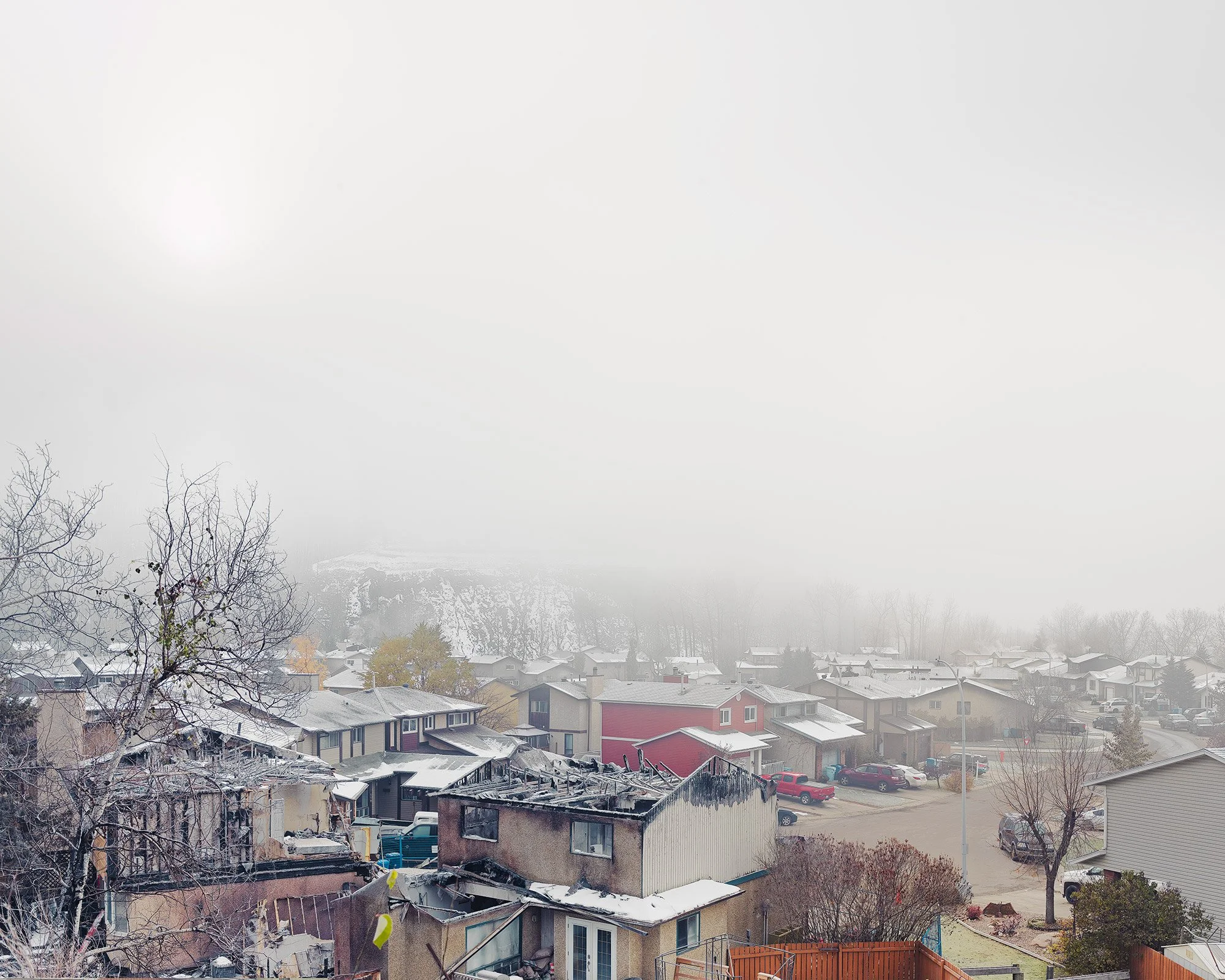The Straight Crooked, 2017. Large Format Composite Digital, 150cm x 187cm. © Alan McFetridge
Kia ora Everybody,
For the opening exhibition of artist-run gallery g&A Studios, we wanted to locate a body of work that spoke about what it is to be in a space for art that does not rely on the sale of artwork, but the social interactions that happen in-between. The Ecology of Art. We believed that in hanging an art work it symbolised its death and thereby new life could only be created in the flow of ideas streaming through the gallery itself.
Once we found Thomas Hoepker’s photography series depicting the interaction of people, the gallery and artworks in the reopening of New York's MOMA, we had a moment of realisation and immediately contacted Magnum Photos to request the work for exhibition. Thomas’s photographs of people with artwork in a gallery, life and death, became a reflected view, a layer of meaning as people viewed the works in our newly formed gallery - with it, the emergence of new ideas with social currency began. Hoepker’s biography revealed his formative years were rooted in art history and archaeology and by taking on photography he expanded the study directly with its visual form and characteristics.
This year the opportunity to work with the Social Sciences arose when UCL Anthropology Masters student Emma Mcloughlin emailed with questions related to Visual Culture in the Anthropocene. After graduation, the idea of further collaboration was mooted and it was decided to set up an Anthropological study by sending 8% of the print run, 80 copies, of On The Line back to the community of Fort McMurray to ask a range of questions relating to the fire, the experience of fire and what does On The Line do in the social ecology of rebuilding and rememberance.
With the help of the people I met in Fort McMurray during the fieldwork, the next few weeks will be a wonderful way to reconnect and learn more about the fire, but also the 5 years in between as regeneration takes place. I do hope that lessons are learned and these can be shared with others that may find their region becoming more fire-prone and adaptation applied. In relation to landscape ecology: has the fire developed understandings of shaping with fire as a friend?
Become a subscriber on Patreon and Support our Team, call yourself a Center member, or be an Eco Patron.
Don’t forget to follow us on Instagram.
My very best,
Alan
